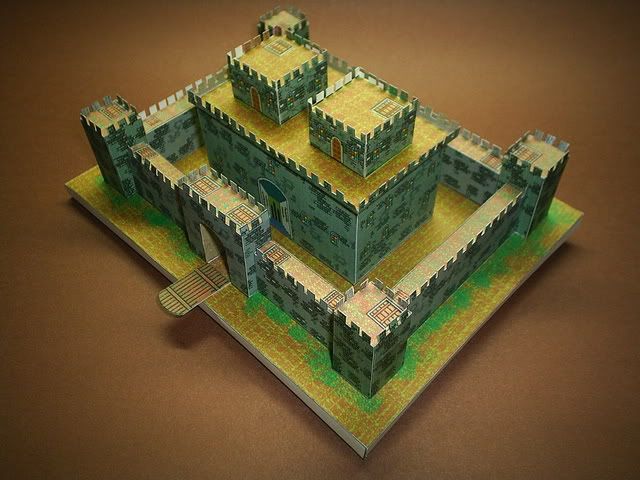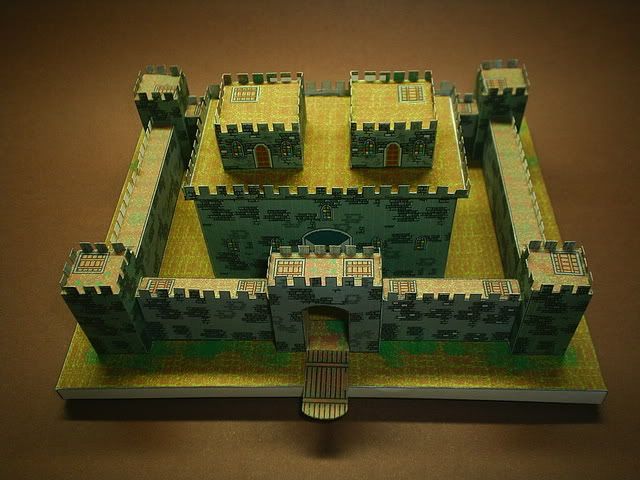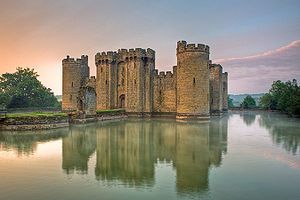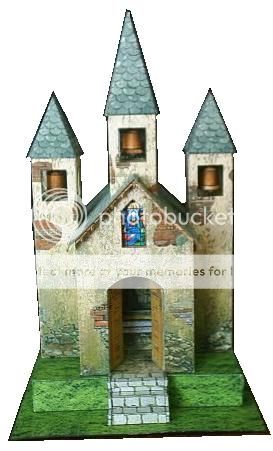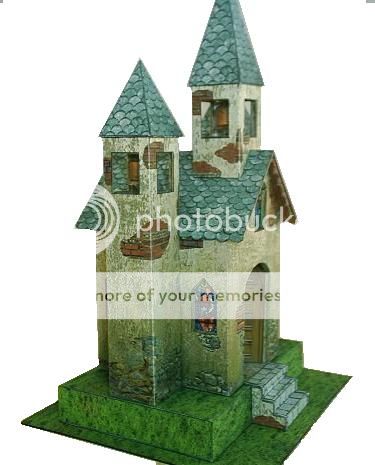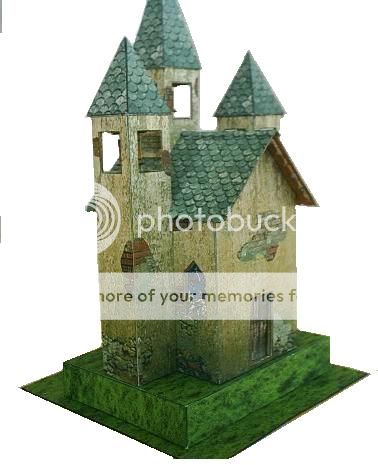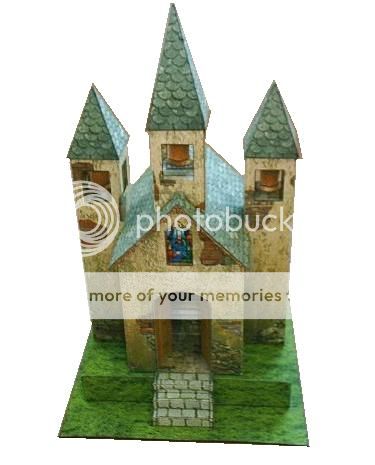Really nice models here.
Medieval weapons in
scale 1:1, that is, in actual size, to play
RPG or just put on the wall. There is a stylish
Chess Game too, complete with board and a
Tangram. You will find a functional
Trebuchet too.
Modelos realmente legais neste site.
Armas Medievais em escala
1:1, ou seja, em tamanho natural, para jogos de
RPG ou apenas pendurar na parede. Há ainda um
Jogo de Xadrez cheio de estilo, completo, com tabuleiro, e um antigo jogo chinês, chamado
Tangram. Para completar você ainda encontra uma
Catapulta que funciona de verdade.



 The tangram,
The tangram, literally "seven boards of skill") is a dissection puzzle consisting of seven flat shapes, called tans, which are put together to form shapes.
The objective of the puzzle is to form a specific shape (given only an outline or silhouette) using all seven pieces, which may not overlap. It was originally invented in
China at some unknown point in history, and then carried over to
Europe by trading ships in the early
19th century. It became very popular in
Europe for a time then, and then again during
World War I. It is one of the most popular dissection puzzles in the world. -
Wikipedia
 Tangram
Tangram é um quebra-cabeça chinês formado por 7 peças. Com essas peças podemos formar várias figuras, utilizando todas elas sem sobrepô-las. Segundo a Enciclopédia do Tangram é possível montar mais de 1700 figuras com as 7 peças. Esse quebra-cabeça é utilizado pelos professores de matemática como instrumento facilitador da compreensão das formas geométricas. Além de facilitar o estudo da geometria, ele desenvolve a criatividade e o raciocínio lógico, que também são fundamentais para o estudo da matemática. Não se sabe ao certo como surgiu o Tangram, apesar de haver várias lendas sobre sua origem. Uma diz que uma pedra preciosa se desfez em sete pedaços, e com elas era possível formar várias formas, tais como animais , plantas e pessoas. Outra diz que um imperador deixou um espelho quadrado cair, e este se desfez em 7 pedaços que poderiam ser usados para formar várias figuras. Segundo alguns, o nome
Tangram vem da palavra inglesa
"trangam", de significado
"puzzle" ou
"buginganga". Outros dizem que a palavra vem da dinastia chinesa Tang, ou até do barco cantonês
"Tanka", onde mulheres entretiam os marinheiros americanos. Na
Ásia o jogo é chamado de
"Sete placas da Sabedoria".
 Chess is a
Chess is a two-player board game played on a chessboard, a square-checkered board with 64 squares arranged in an eight-by-eight grid. It is one of the world's most popular games, played by millions of people worldwide at home, in clubs, online, by correspondence, and in tournaments.
Commencing in the second half of the 20th century computers have been programmed to play chess with increasing success to the point where home computers can play chess at a very high level. In the past two decades computer analysis has contributed significantly to chess theory as understood by human players, particularly in the endgame. The computer program
Deep Blue was the first machine player to overcome a reigning
World Chess Champion when it defeated
Garry Kasparov in 1997.
Xadrez é um jogo de tabuleiro de natureza recreativa e competitiva para dois jogadores, sendo também conhecido como
Xadrez Ocidental ou Xadrez Internacional para distingui-lo dos seus predecessores e de outras variantes da atualidade. A forma atual do jogo surgiu no
Sudoeste da Europa na segunda metade do
Século XV, durante o
Renascimento, depois de ter evoluído de suas antigas origens persas e indianas.
O xadrez é um dos jogos mais populares do mundo, sendo praticado por milhões de pessoas em torneios (amadores e profissionais), clubes, escolas, pela Internet, por correspondência e informalmente. Há uma estimativa de cerca de 605 milhões de pessoas em todo o mundo que sabem jogar xadrez e destas, 7,5 milhões são filiadas a uma das federações nacionais que existem em 160 países em todo o mundo.
Link: Medieval.Weapons.by.Sheila`s.Papermodels

